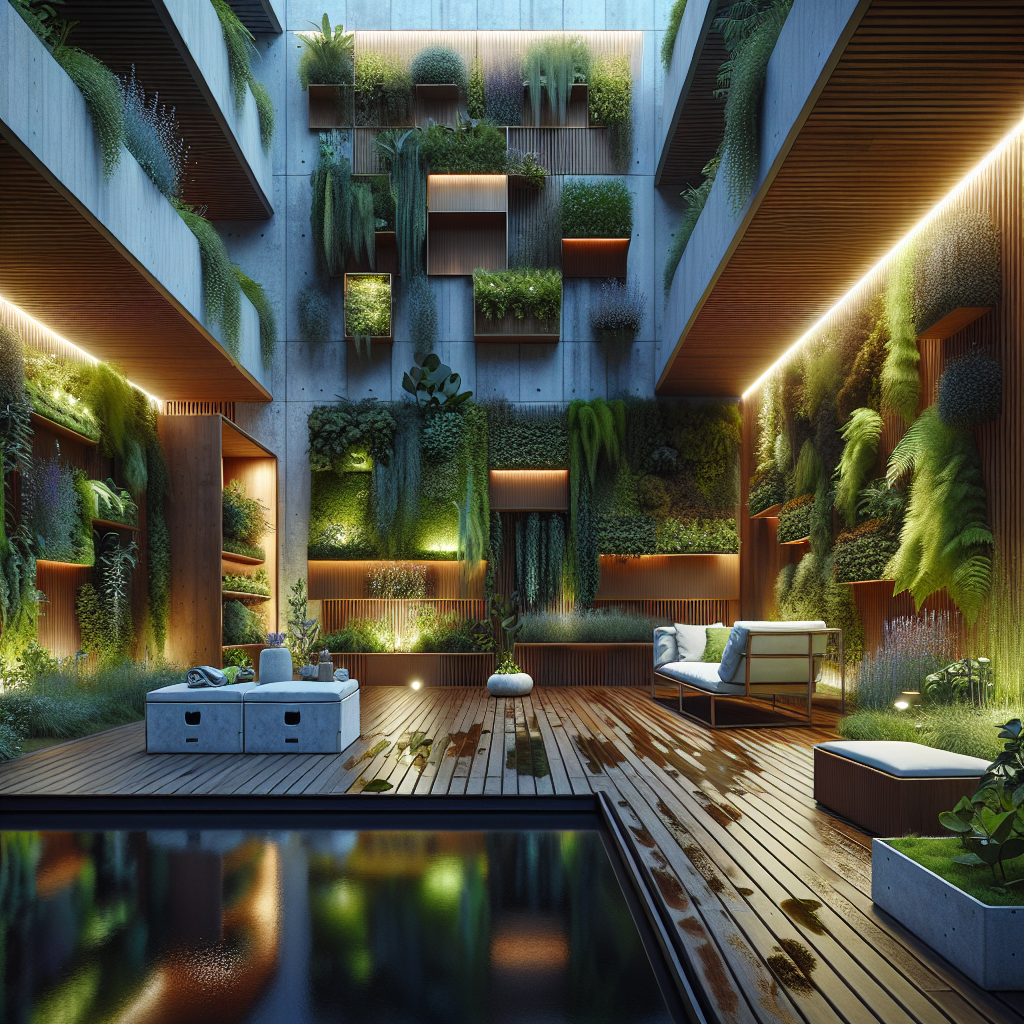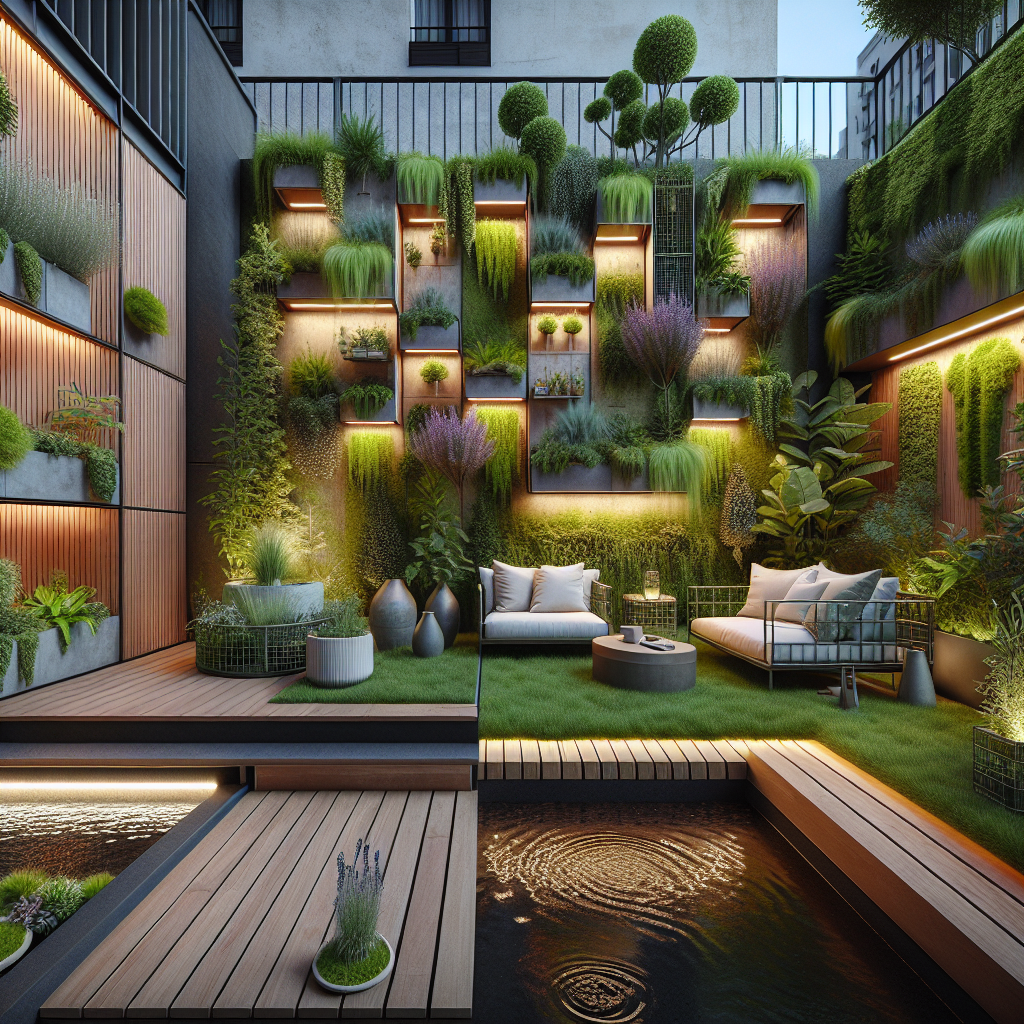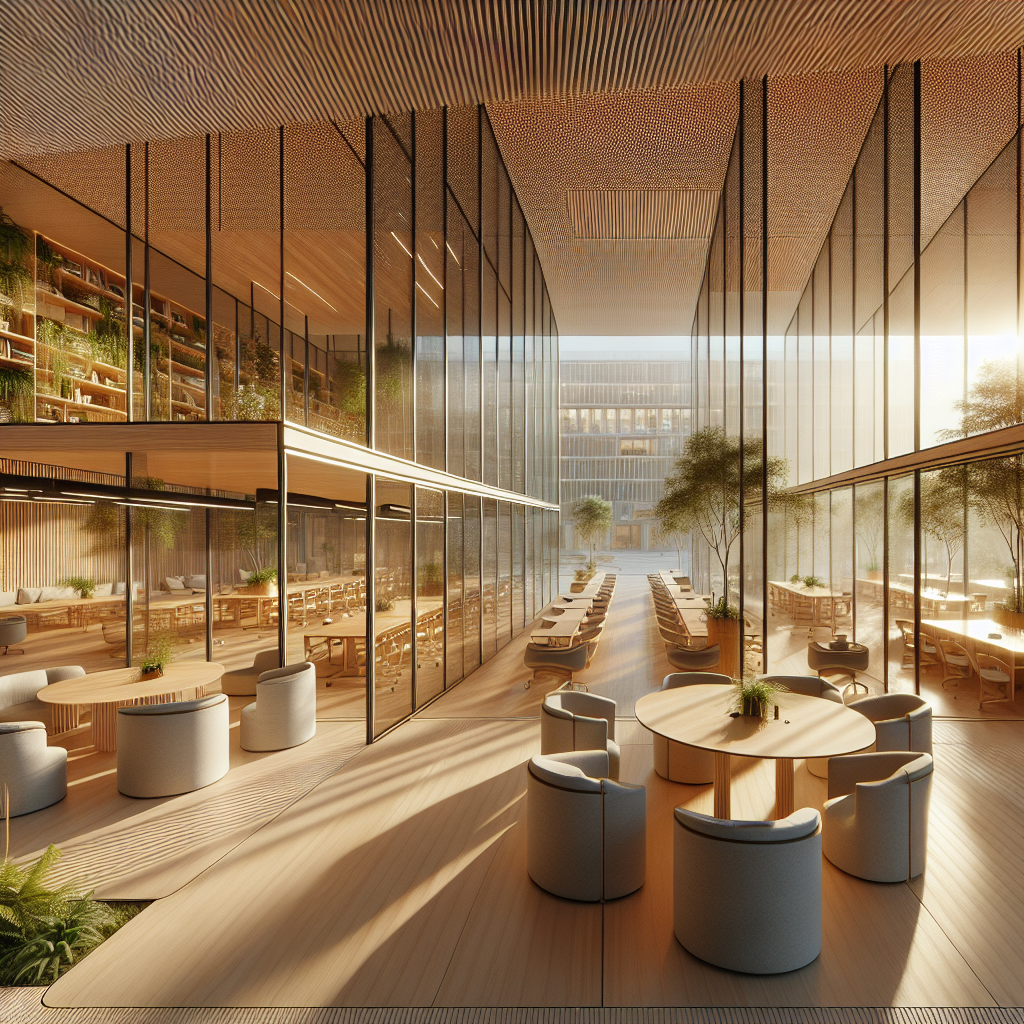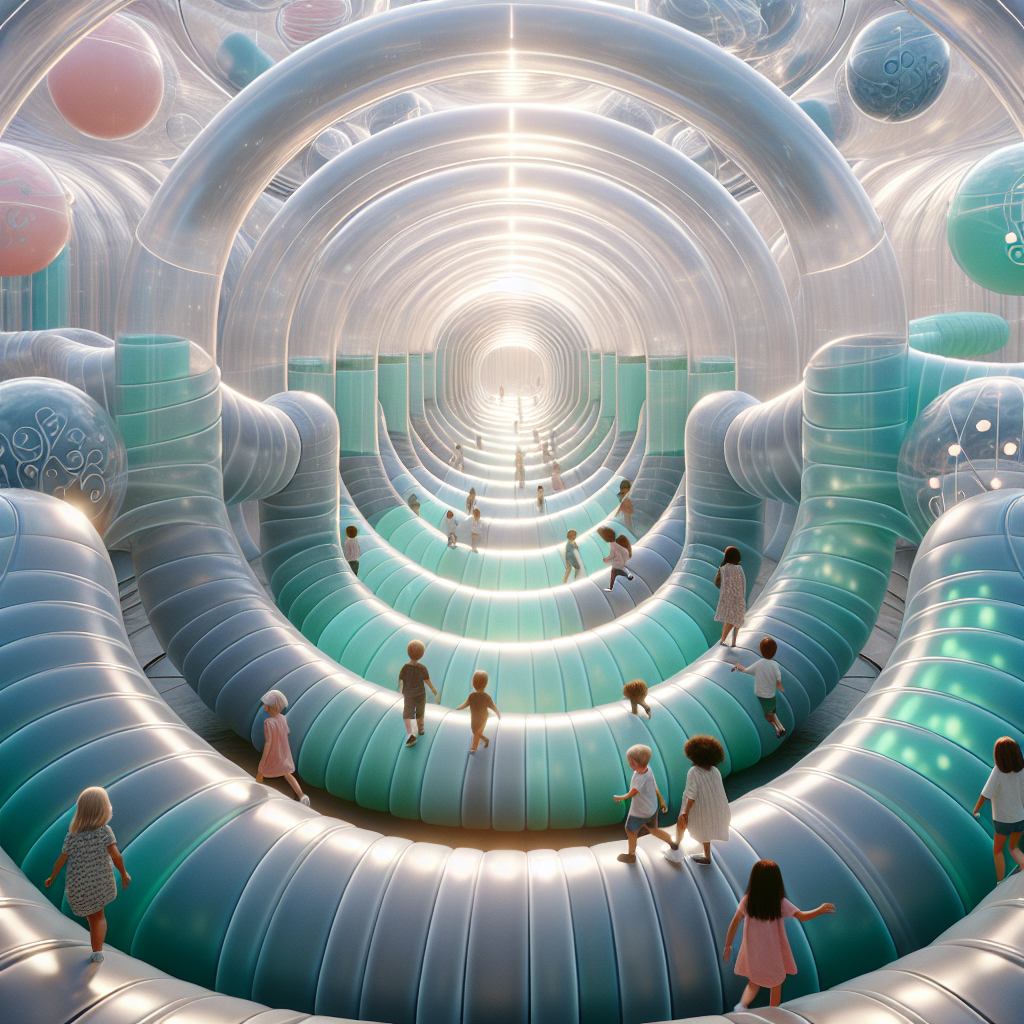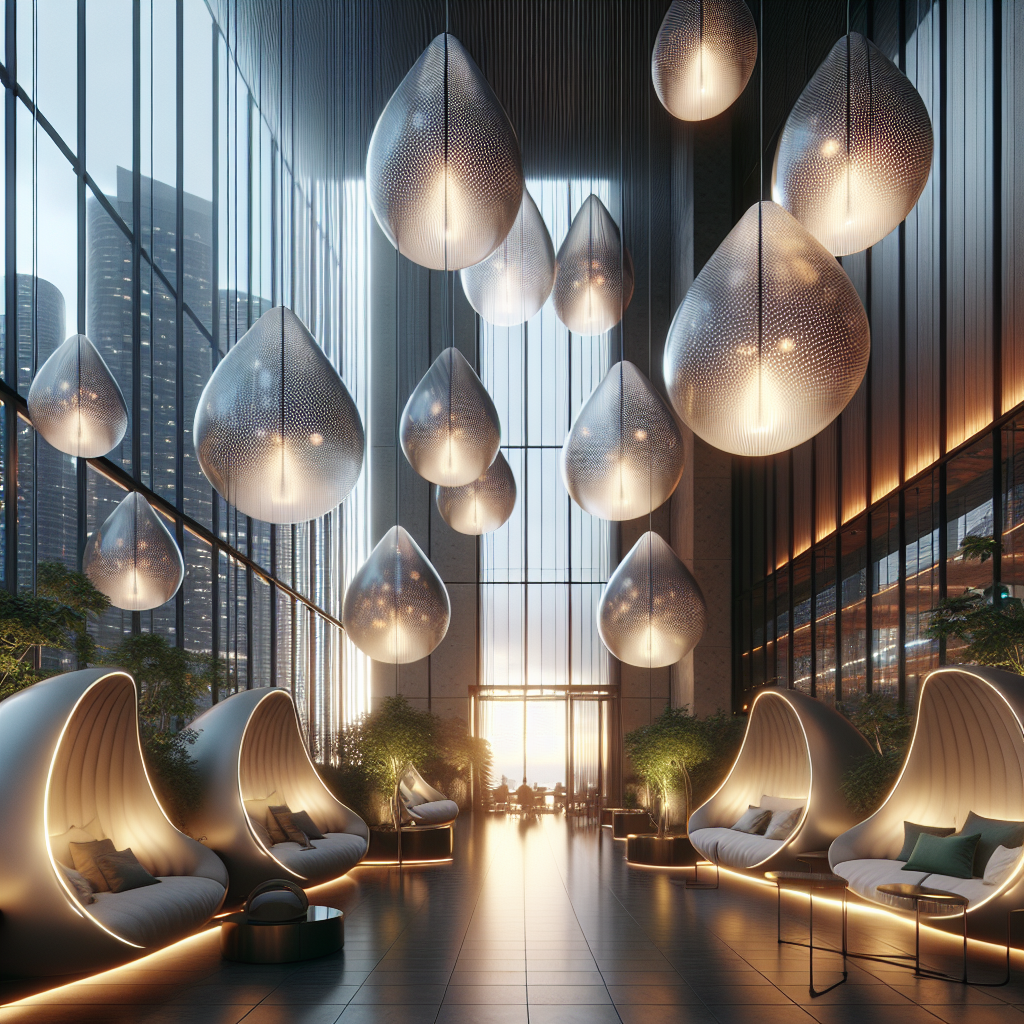Tiny Backyard Transformations: Design Ideas That Add Big Impact

Tiny Backyard Transformations: Design Ideas That Add Big Impact
In the age of compact living and urban densification, the tiny backyard has emerged as one of the most intriguing design challenges for architects and landscape designers. No longer dismissed as an afterthought, these modest outdoor spaces are being reimagined as multifunctional sanctuaries, capable of offering respite, entertainment, and even ecological benefits. With careful planning, material innovation, and a keen eye for detail, a small plot of land can be transformed into a powerful extension of the home—one that embodies both aesthetic refinement and practical ingenuity.
The Rise of Small-Scale Outdoor Living
As cities continue to densify, outdoor square footage has become increasingly scarce. According to the United Nations’ urbanization data, more than half of the world’s population now lives in urban areas, a figure projected to rise steadily. This shift has intensified interest in maximizing every inch of available outdoor space. The trend mirrors the rise of micro-living spaces, where design innovation thrives under spatial constraints. For professionals in architecture and design, the tiny backyard represents a canvas for experimentation—an opportunity to test modularity, sustainability, and sensory engagement on a human scale.
Design Strategies That Amplify Space
When working with a compact backyard, the guiding principle is to think vertically, modularly, and experientially. Rather than attempting to replicate the expansiveness of larger gardens, the goal is to create layers of experience that make the space feel generous and dynamic.
1. Vertical Gardens and Green Walls
One of the most effective ways to maximize greenery in a limited footprint is through vertical planting systems. Living walls not only provide lush visual texture but also improve air quality and acoustic comfort. As explored in vertical garden design, these installations can serve as both ecological interventions and striking architectural features. Designers are increasingly experimenting with modular panels of moss, ferns, and edible herbs, transforming bare walls into living canvases.
2. Multi-Functional Furniture
Just as space-saving furniture has revolutionized interiors, adaptable outdoor furniture is key to small backyard transformations. Benches that double as storage, collapsible dining tables, and modular seating systems allow a single space to transition seamlessly from morning yoga studio to evening dining terrace. High-end brands are also integrating sustainable materials such as reclaimed teak and powder-coated aluminum, balancing durability with elegance.
3. Layered Lighting Design
Lighting is often underestimated in outdoor design, yet it can dramatically alter perception of scale. Strategically placed uplights can elongate vertical surfaces, while soft, low-level path lighting creates intimacy. Advances in LED technology have enabled energy-efficient, customizable lighting schemes that enhance both mood and functionality. For designers, the challenge lies in orchestrating light as a narrative element—guiding movement, framing focal points, and extending usability well into the evening.
Materiality and Sensory Engagement
In small outdoor spaces, material choices carry amplified weight. A single surface can dominate the visual field, so tactility, tone, and finish must be considered with precision. Current trends favor natural materials—such as charred timber, limestone, and weathered steel—that patinate gracefully over time. These materials resonate with the principles of wabi-sabi aesthetics, where imperfection and natural wear enhance character.
Equally important is the sensory dimension. Designers are increasingly incorporating water features, aromatic plantings, and textured surfaces to heighten the immersive quality of small gardens. A narrow courtyard lined with lavender, for instance, can become a multisensory retreat, while a compact reflecting pool introduces movement and sound that expand the perceived depth of space.
Case Studies in Compact Outdoor Design
Tokyo Courtyard Houses
In Tokyo, where land scarcity has long shaped architectural innovation, tiny courtyards are integral to residential design. Architects often employ translucent screens, mirrored surfaces, and sliding partitions to blur boundaries between indoors and outdoors. These courtyards, though sometimes no larger than a few square meters, function as luminous cores that ventilate, illuminate, and humanize dense urban dwellings.
Brooklyn Brownstone Backyards
In New York’s brownstone neighborhoods, narrow backyards are being reimagined as sophisticated outdoor rooms. Designers frequently use reclaimed brick for continuity with historic façades, while layering in contemporary interventions such as corten steel planters and minimalist pergolas. The result is a dialogue between heritage and modernity, where the backyard becomes a curated extension of the home’s architectural narrative.
Scandinavian Micro-Gardens
Scandinavian designers, known for their mastery of minimalism, often treat small backyards as seasonal living rooms. Lightweight furniture, sculptural fire pits, and native plantings create spaces that feel both restrained and inviting. The emphasis is on functionality with warmth, aligning with broader Nordic design principles that prioritize human comfort and ecological responsibility.
Sustainability as a Driving Force
Environmental responsibility is no longer optional in design; it is imperative. Tiny backyards offer an ideal testing ground for sustainable practices. Rainwater harvesting systems, permeable paving, and native planting schemes can be seamlessly integrated into compact landscapes. The concept aligns with the growing momentum of green architecture, where buildings and landscapes operate as symbiotic systems.
Moreover, the rise of biophilic design underscores the health benefits of integrating nature into everyday environments. Even a small patch of greenery has been shown to reduce stress, improve cognitive function, and enhance overall well-being. As discussed in biophilic design research, these benefits are magnified in urban contexts where access to nature is limited.
Technology and the Future of Outdoor Micro-Spaces
Technology is rapidly reshaping how we design and inhabit outdoor environments. Smart irrigation systems, app-controlled lighting, and weather-responsive shading are becoming standard in high-end backyard projects. The integration of smart home technology ensures that even the smallest gardens can be optimized for efficiency and comfort. As urban populations grow, these innovations will be crucial in ensuring that outdoor micro-spaces remain resilient, adaptable, and deeply human-centric.
Why Tiny Backyards Matter
At first glance, the tiny backyard may seem like a marginal concern in the broader field of architecture and design. Yet its significance lies precisely in its scale. These compact environments demand clarity of vision, precision of execution, and sensitivity to human experience. They challenge designers to distill their craft to its essence, where every material, line, and gesture carries weight. In doing so, they remind us that design is not about size, but about impact.
For the discerning architect or design enthusiast, the tiny backyard is more than a patch of land—it is a stage for experimentation, a retreat for reflection, and a microcosm of the values shaping contemporary design: sustainability, adaptability, and beauty in restraint.
As cities continue to grow and private outdoor space becomes increasingly precious, the art of tiny backyard transformation will only gain relevance. These small-scale interventions demonstrate that with thoughtful design, even the most modest of spaces can achieve extraordinary resonance.
